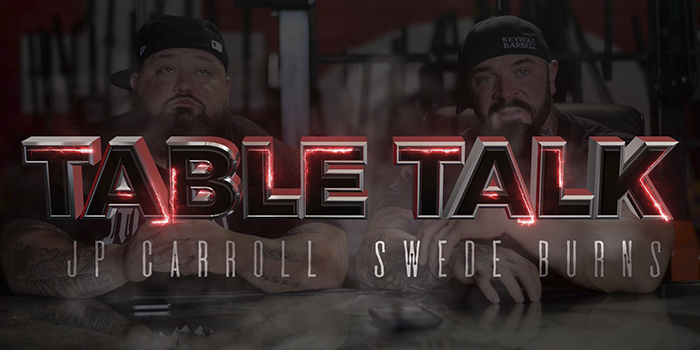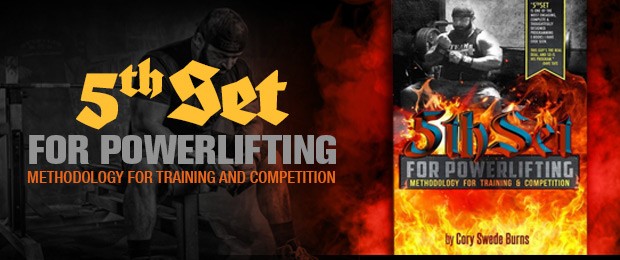
Novice lifters tend to hop from program to program, always excited by the prospect of a new style of training and the progress it can bring. The problems with this are well-documented, and any experienced lifter will tell you that the best thing a new lifter can do is pick a proven program like 5thSet and stick with it for a while, grinding away slowly and developing a foundation.
Elite and advanced lifters sometimes have the opposite problem, however. Elite lifters know how they got where they are. They know the techniques and the training methods that built them. This can make it a very real challenge to trust changes in your training style. If you built a 2200-pound raw total, how likely would you be to abandon the style of training that got you there? Wouldn't it be difficult to trust your new programming?
This week's Table Talk with JP Carroll and Swede Burns focuses on this exact topic. They answer the following question, addressed to JP:
"Was it difficult to trust the process leading up to your most recent accomplishment at the Arnold where you destroyed everyone?"
JP's answer, in one word: absolutely. JP had never trained with lower percentages with volume like that, and it was hard to see how it would correlate to strength on meet day. But as he progressed through the training cycle, not only did he stay healthier but he also simply felt better. He says that although the lower percentages mess with your head at first, once you start to get used to it, you begin to see the benefits and really enjoy it.
To this point, Swede shares a conversation he and JP had soon after JP started training with 5thSet, during the first peak. JP had just taken a max and still felt great after the lift, full of energy. The reason for this, Swede explains, is the difference between lifting over 90% every week and doing 75% or 80% for 15 to 20 lifts. This difference in volume and intensity during the course of a peaking cycle has a dramatic impact on both physical health and general feeling of well-being.
Two other important factors are the moral effect that fatigue can have on performance and the risk factor for injury. For instance, even if you can perform well and lift heavy at any time—and thus do so frequently—connective tissue recovers at a much slower rate than muscle tissue. You have to find a way to mitigate that risk factor if you want to stay healthy and keep improving. Otherwise, you end up with injuries like the common biceps tears, pecs tears, or blown knees you find at a meet. After peaking and going through a deload, you should be ready on meet day. If your functional state is still disrupted by the time you're ready for the platform after a deload, something is wrong with your training.










